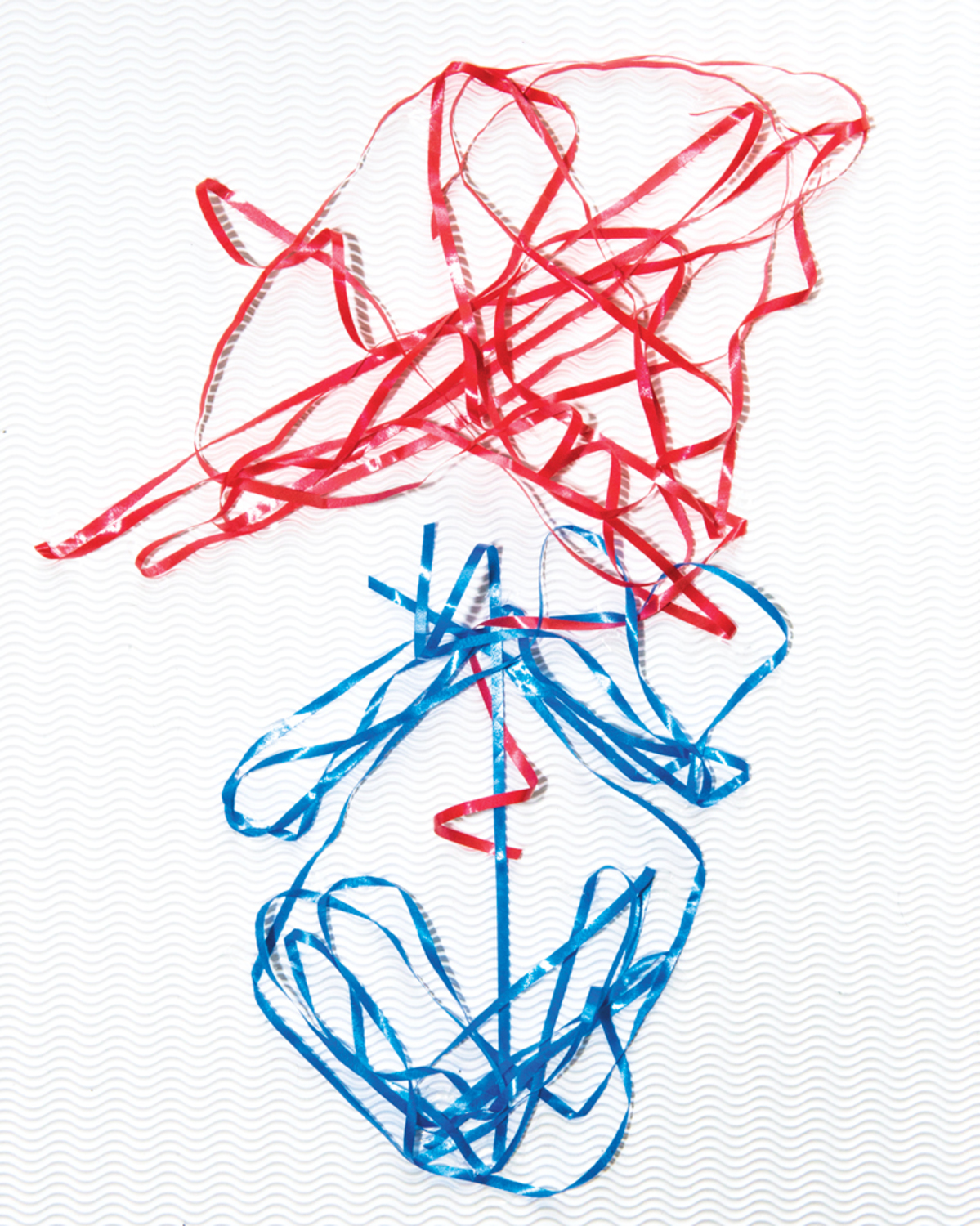Artist Blog
Every week an artist whose single image was published by Der Greif is given a platform in which to blog about contemporary photography.
Technical Imaging
May 05, 2019 - Guilherme Gerais
Ray Kurzweil, Google’s Director of Engineering, says that we are near a moment where ‘singularity’ will happen and “by 2029, computers will have human-level intelligence.” Other scientists say we are very far from being able to mimic the behavior of cockroaches.
According to Yuval Noah Harari, consciousness, feelings, creativity, and subjectivity might be our ‘personal weapon’ against all these new technologies.
Some think the world is going to be taken over by robots; some think AI is going to replace our brains; some thinks we will have to spiritualize ourselves in order to survive. The amount of opinions and voices speaking about the future is chaotic. Finding a way through is almost like choosing a religion: something you feel, you believe.
In this choosing process, you have to evaluate yourself, beliefs, imagination, your level of humanity. It seems every decision is life-changing, human-changing, and world-changing.
Speaking of the present, and speaking about ‘future paths of photography’: it’s necessary to be aware of the new ways of producing and consuming an image.
Medical equipment is often linked to high technological advancements. Due to the high costs of this industry and the high demand for fast and efficient solutions. They operate on a different level regarding image technology, together with other areas such as criminal investigation and surveillance.
The question is how does this type of image could affect photography? How this technology could be potentially incorporated into a photographic camera? How it could be used in a photographic work?
Lastly, how can we subvert the use of these ‘technical apparatus’ and bring it into other contexts?
I have separated a few videos that raised my attention on this topic and could inspire further reflections.
Here we can understand better How an Ultrasound works and how it manages to achieve an image from inside the body.
Here we can see footage that investigates Invisible Cloaks, exhibiting a negative index of refraction.
The next video shows a brain activity record while the subject watches several hours of movie trailers and then, the reconstruction of this segment from brain activity measured using MRI.
This last video show two interactive technologies recently developed for multimodal perception and healthcare support. The platform enables an engaging face-to-face interaction where the virtual human automatically reacts to the perceived user state and intent, through its own speech and gestures.
A few contemporary artists, such as Trevor Plagen, Broomberg and Chanarin, Pierre Huyghe, and Richard Mosse utilizes often technological equipment out of the context from what it was made for. The resulting works are often intriguing, surprising and uncanny.
It can be suffocating, but it seems photography is being swallowed by data and technology; on the horizon, huge changes are coming: Virtual Reality, Deep Learning, Quantum Processors, Augmented Reality, Algorithms, Digital Implants, among others.
To study the future, it is a necessary step for photographers and for photography to survive as a medium. As the futurologist, Jim Dator says, “we are on the direction of many tsunamis of changes, and we have to learn how to surf these waves”.


